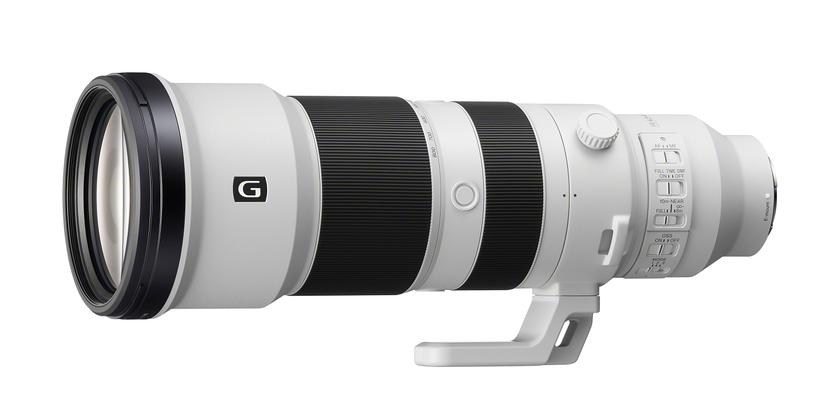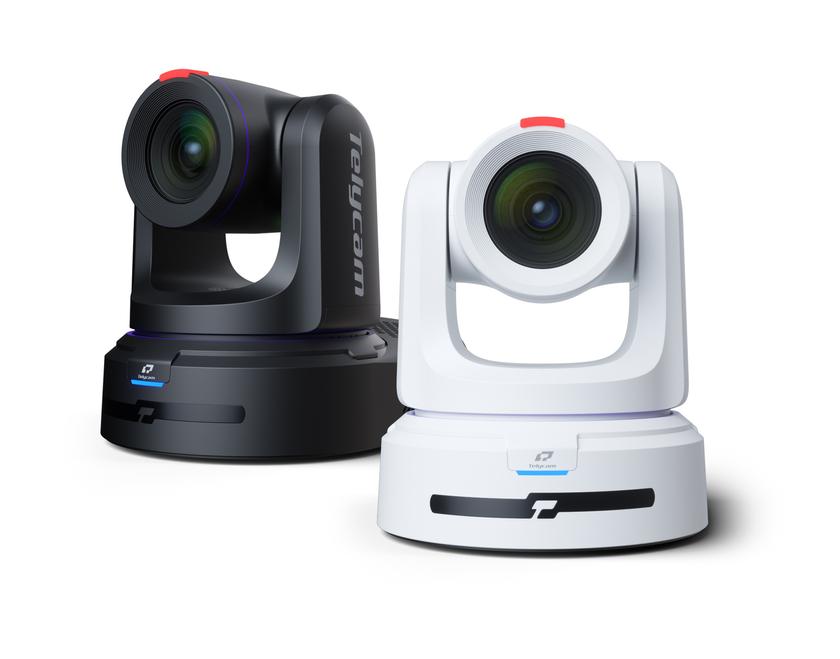Mobile TV
While HDTV acquisition and production took center stage at the middle and high ends of the marketplace, the importance of delivering content to mobile receivers and handheld devices was not lost on NAB participants. Dr. Eric Schmidt, CEO of Google, drew a large crowd for his keynote interview. The day NAB opened, Google announced it had cut a deal with Clear Channel to sell up to 30 percent of Clear Channel's radio spot inventory.
During the Q&A portion of the session, several venture capital types asked Schmidt for some free advice: “What's Next? What should we be investing in?” Schmidt answered slowly, “Well first, there's mobile. Then there's mobile. And, finally, there's mobile.”
The current options
MediaFLO and Modeo demonstrated the mobile TV services they are rolling out to U.S. markets. These services target mobile phone network operators that will market them as part of their expanding menu of services for cell phones and PDAs. For now, the content is mostly national, often a scaled down version of the nonbroadcast networks distributed via cable, DBS and IPTV services.
The mobile operators need local content, and broadcasters could be the source of that content. The question raised at NAB: How can U.S. broadcasters best exploit the opportunity to serve the portable/mobile markets?
The two ATSC-compatible systems — Advanced-VSB (A-VSB) from Samsung and Rohde & Schwarz, and MPH (for mobile, pedestrian and handheld devices) from Harris and LG Electronics — could allow local stations to get in the mobile TV game without having to rely on outside service providers or telcos to get the signal to subscribers.
The van test
The two technologies were demonstrated in Las Vegas on two respective vans equipped with receiving equipment, a spectrum analyzer and LCD monitors to view the signals. Each van showed DTV signals coming from local TV stations, with the overall 19.4Mb/s signal split into a main channel at 15Mb/s and two sub channels. For the MPH demo, one stream was sent at about 560Kb/s using 2.2Mb/s (called half rate) and another 2.2Mb/s at about 300Kb/s (or one-fourth rate). The A-VSB demo also offered half- and one-fourth-rate streams with comparable overhead.
Both systems worked well. The MPH demo used a single dipole antenna, while the A-VSB demo used two diversity antennas. The A-VSB demo included a split-screen display in the van and several handheld receivers, which were manufactured by LG for the Korean market and were modified to receive the A-VSB broadcasts. The A-VSB proponents also demonstrated a SFN solution using three low-powered transmitters located in the proximity of the convention center.
Achieving success
The next challenge for broadcasters is determining how to develop this market. Can broadcasters do it on their own, or should they partner with mobile services like MediaFLO and Modeo?
To go it alone, broadcasters need to back a standard and gain support from consumer electronics manufacturers to build receivers. They will also need a business model to produce revenues from this service. Several broadcasters were talking about a subscription model not unlike those being used by mobile phone operators.
Partnering with the mobile operators has two options. The first is to create and sell localized content to these operators, using their networks and receivers. The second is to convince the mobile operators to include the ATSC mobile demod capabilities in their receivers, allowing consumers to tune directly to the ATSC mobile broadcasts. The latter could be offered free-to-air or via subscription.
The ATSC has begun standardization of A-VSB and will likely want to harmonize the standards and provide a mechanism for licensing. Representatives for MPH suggested that they might bypass this route and take their system directly to the marketplace.
Meanwhile, nine U.S. TV broadcast groups announced the launch of the Open Mobile Video Coalition, an industry alliance to speed up the development of DBS. The coalition includes Belo, FOX, Gannett Broadcasting, Gray Television, ION Media Networks, NBC and Telemundo, Sinclair Broadcast Group and Tribune Broadcasting.
Craig Birkmaier is a technology consultant at Pcube Labs, and he hosts and moderates the OpenDTV forum.
Get the TV Tech Newsletter
The professional video industry's #1 source for news, trends and product and tech information. Sign up below.













